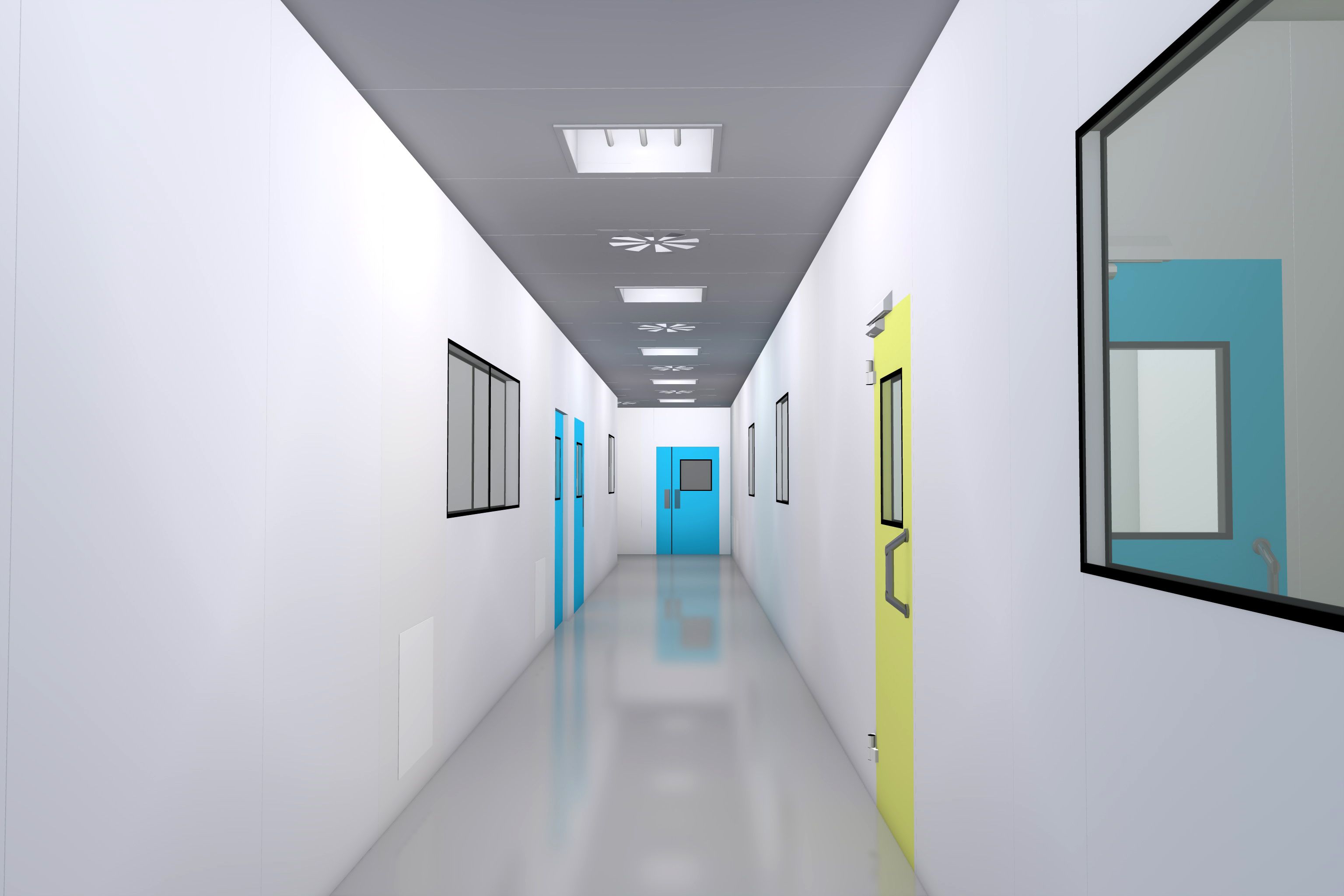Trends in Manufacturing eBook
Read the article:
The Quest for Cleanroom Flexibility
Read the eBook:
Pharmaceutical Technology’s Trends in Manufacturing eBook
Contextualizing what type of flexibility is needed is paramount when considering cleanroom design.
COCODESIGNTONG - STOCK.ADOBE.COM

Cleanroom or classified environmental infrastructures have been designed and constructed for decades (1) and can be either on-site framed epoxy coated gypsum wall (stick-built), on-site assembled modular wall panels (modular), or off-site prefabricated cleanroom units (podular), the last of which is a relatively recent addition. All of these cleanroom material and design modalities have benefits and limitations that require careful review when making decisions on which approach to use for constructing current good manufacturing practice (CGMP) cleanroom infrastructure. Such decisions need to be made not only with the process application needs in mind, but also with the long-term perspective on future capability and capacity. This is especially important for multi-modal or multi-product processing streams and new therapies, which may not have a clearly defined process design or require process modifications along the way, and contract manufacturers, as their client base require process modalities change.
In all cases, the need for flexibility is real (2,3,4). However, flexibility must be defined, as it is often used in general terms (5). Some claim that standardization of cleanroom infrastructure designs, faster deliveries, and lower cost of goods sold, will impede or prevent flexibility. This generalization may be inaccurate, as smaller volumes require smaller process footprints, which can be reconfigured within the available standardized space (6). Such spaces may be even more flexible if units can be scaled rapidly.
To truly determine flexibility, one needs to dissect the different flexibility needs and the available solutions. Only then can an appropriate decision be made, which will not just satisfy the short-term requirements, but also show long-term benefits.
Read this article in Pharmaceutical Technology's May 2023 Trends in Manufacturing eBook.
Read the article:
The Quest for Cleanroom Flexibility
Read the eBook:
Pharmaceutical Technology’s Trends in Manufacturing eBook
M.W. Jornitz is is Prinicipal Consultant at BioProcess Resources LLC. Sindey Blackstrom is vice-president of Business Management, Blake Williams vice-president of Operations, and Denniss Powers vice-president of Business Development, all at G-CON Manufacturing.
Pharmaceutical Technology
eBook: Trends in Manufacturing
May 2023
Pages: 14-18
When referring to this article, please cite it as Jornitz, M.W. et al. The Quest for Cleanroom Flexibility. Pharmaceutical Technology's Trends in Manufacturing eBook (May 2023).
Drug Solutions Podcast: A Closer Look at mRNA in Oncology and Vaccines
April 30th 2024In this episode fo the Drug Solutions Podcast, etherna’s vice-president of Technology and Innovation, Stefaan De Koker, discusses the merits and challenges of using mRNA as the foundation for therapeutics in oncology as well as for vaccines.
Pharmaceutical Tariffs Are Imminent: How Industry is Bracing for Impact
April 16th 2025On April 14, 2025, the Trump Administration launched a national security-driven investigation into pharmaceuticals, a move that will likely result in tariffs being placed on pharmaceutical drugs, ingredients, and other components that are imported from outside of the United States.